This post may contain affiliate links. Please read my privacy policy.
Tang yuan, a traditional Chinese dessert made from glutinous rice flour shaped into round balls and served in a sweet, warm soup, is especially cherished during the Winter Solstice festival (Dongzhi) as a symbol of family togetherness and unity. Follow this easy recipe with a step-by-step video and make your own tangyuan at home.
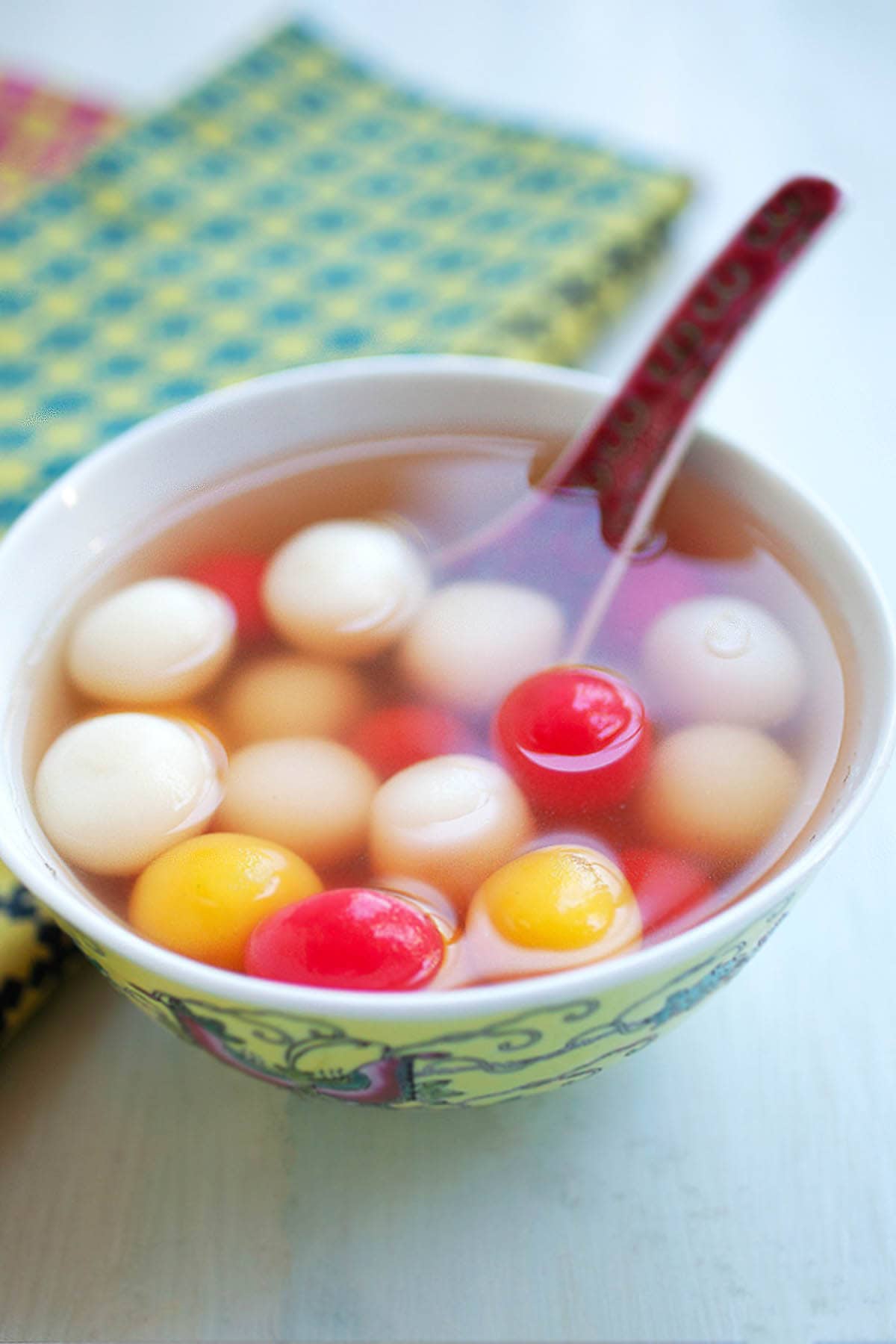
Homemade Dongzhi Tang Yuan
Dongzhi (冬至) or Winter Solstice festival is one of the most important celebrations for Chinese people, marking a time of reflection, family unity, and tradition. It falls on or around December 21 or 22 every year, marking the shortest day and longest night of the year in the Northern Hemisphere. This year, it falls on December 21—a meaningful occasion for many. I’m honored to share my family’s tang yuan recipe as a tribute to my late aunt, who made this sweet treat for our family every year.
Growing up, Dongzhi was always my favorite festival—it was a time of joy, especially because of the tang yuan, sweet dumplings served in pandan leaf and ginger-infused syrup. In my native dialect Hokkien, tangyuan is known as “nyee,” which aptly translates to “round or circle”, symbolizing completeness and unity. My aunt would gather our family in the kitchen to roll the dough into beautiful, round balls. She was so skilled—able to roll several at a time—and each one was always perfectly round. On the morning of Dongzhi, alongside tangyuan, she would prepare an array of dishes, served in traditional Chinese tableware, all made with love and care as offerings to our ancestors.
After prayers, we’d gather around the table to feast together, savoring the delicious tang yuan and reminiscing about the cherished memories shared with my aunt. This year, as we celebrate Dongzhi, I invite you to try my tangyuan recipe and create your own special memories with your loved ones.
For those who want to celebrate this festival at home, you might also enjoy trying my other sweet dumpling recipes—Black Sesame Dumplings (Tang Yuan), Red Bean Dumplings, and Peanut Dumplings. Wishing you a Happy Dongzhi Festival!
The Best Recipe
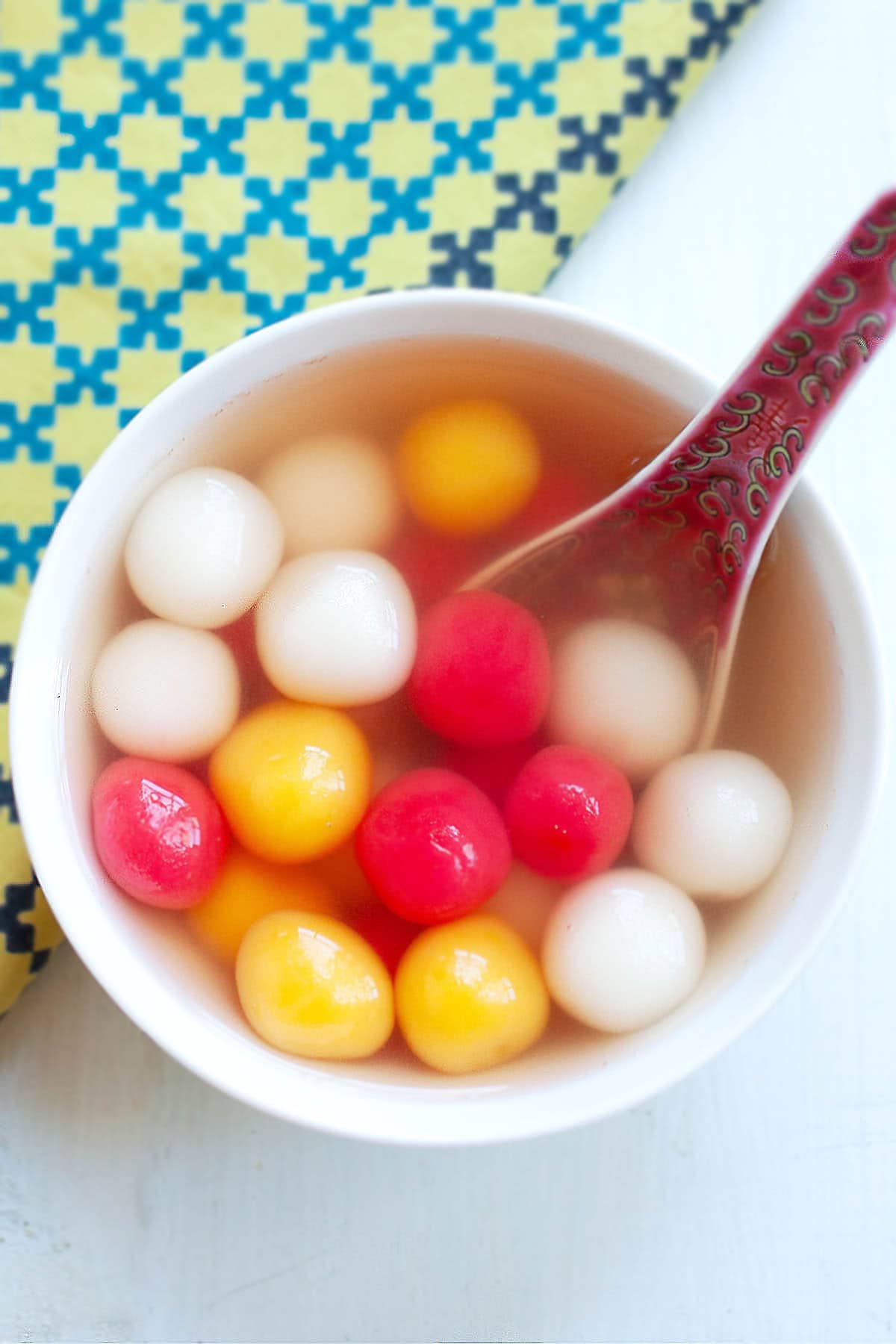
This recipe stands out from the rest—it’s truly the best you’ll find online!
- Authentic and traditional. I’m happy to share my aunt’s tang yuan recipe with anyone who wants to experience the traditions of the Winter Solstice Festival or simply prefers to DIY rather than buying it ready-made.
- Deliciously sweet and warm. I just love the combination of ginger and pandan leaves for the ginger syrup; it bring a gingery note and floral fragrance to the chewy and colorful dumplings.
- Simple and accessible. My recipe uses ingredients you can easily find, making it simple to follow. With the recipe video and tips below, anyone can make it at home!
- Beautiful presentation. I’m sure you’ve encountered mushy dumplings floating in a cloudy soup before. My recipe, however, uses a simple two-step process to ensure the most stunning bowl of tang yuan soup you’ll ever serve.
Ingredients You’ll Need
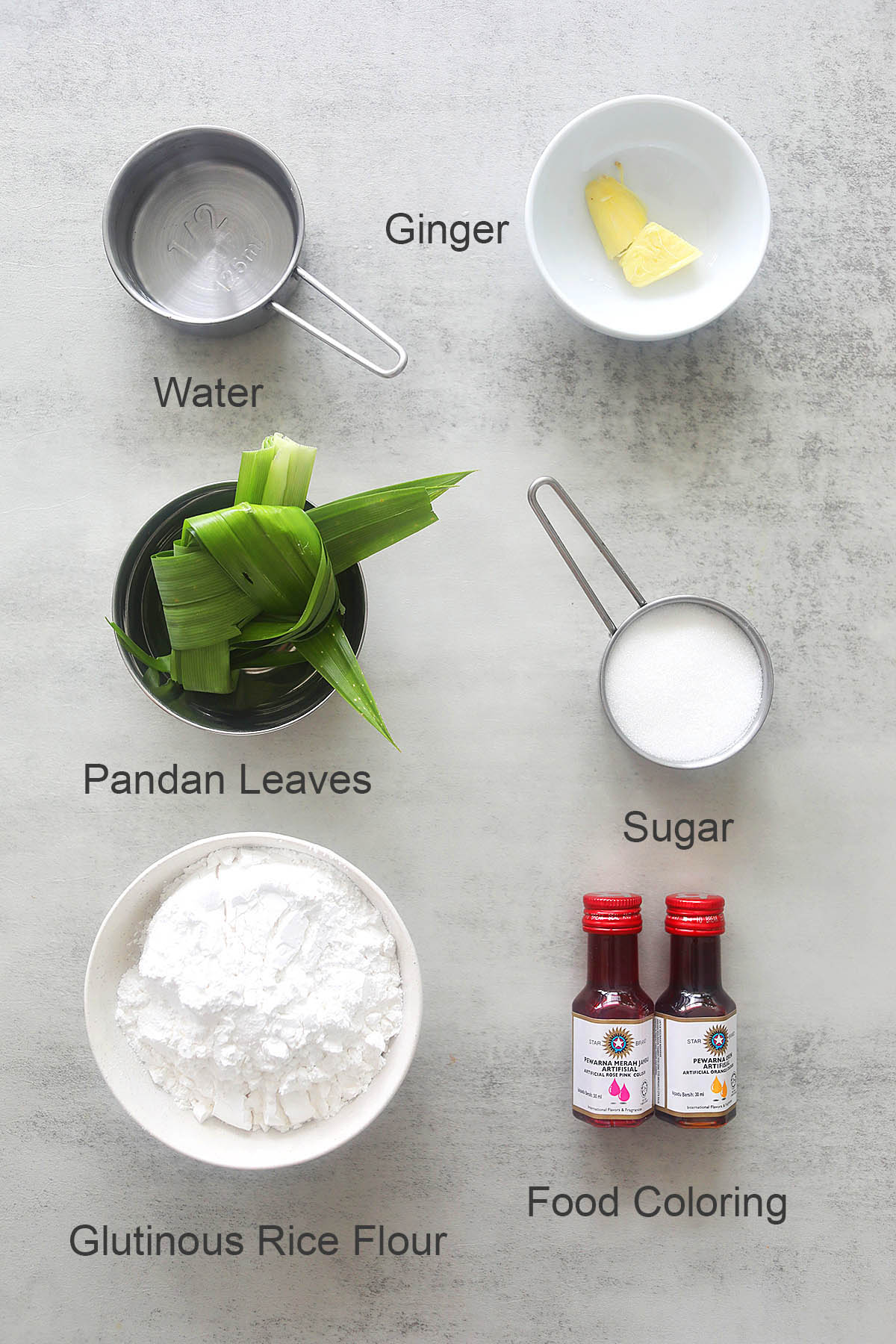
- Ginger – Use fresh and old ginger for the best results.
- Pandan leaves – If you can’t find pandan leaves, simply skip them and make the plain ginger syrup without it.
- Sugar – if you have rock sugar, it’s even better.
- Glutinous rice flour – The key ingredient for tangyuan’s chewy texture. There’s really no replacement for it. DO NOT USE rice flour; it won’t work.
- Red and yellow/orange food coloring – If you prefer natural food coloring, here are some options you can use.
Natural food coloring: Pandan juice (green), pumpkin puree (yellow), carrot puree (orange), butterfly pea flower (blue) and pomegranate or beetroot juice (reddish-pink).
Please refer to the recipe card at the bottom of this post for full details on each ingredient.
How To Make Tang Yuan
If you’re a newbie, make sure you have plenty of working space for this recipe. Keep a cup of water at your station—it’ll be super helpful for wetting your hands while rolling the dumplings. Let’s get started!
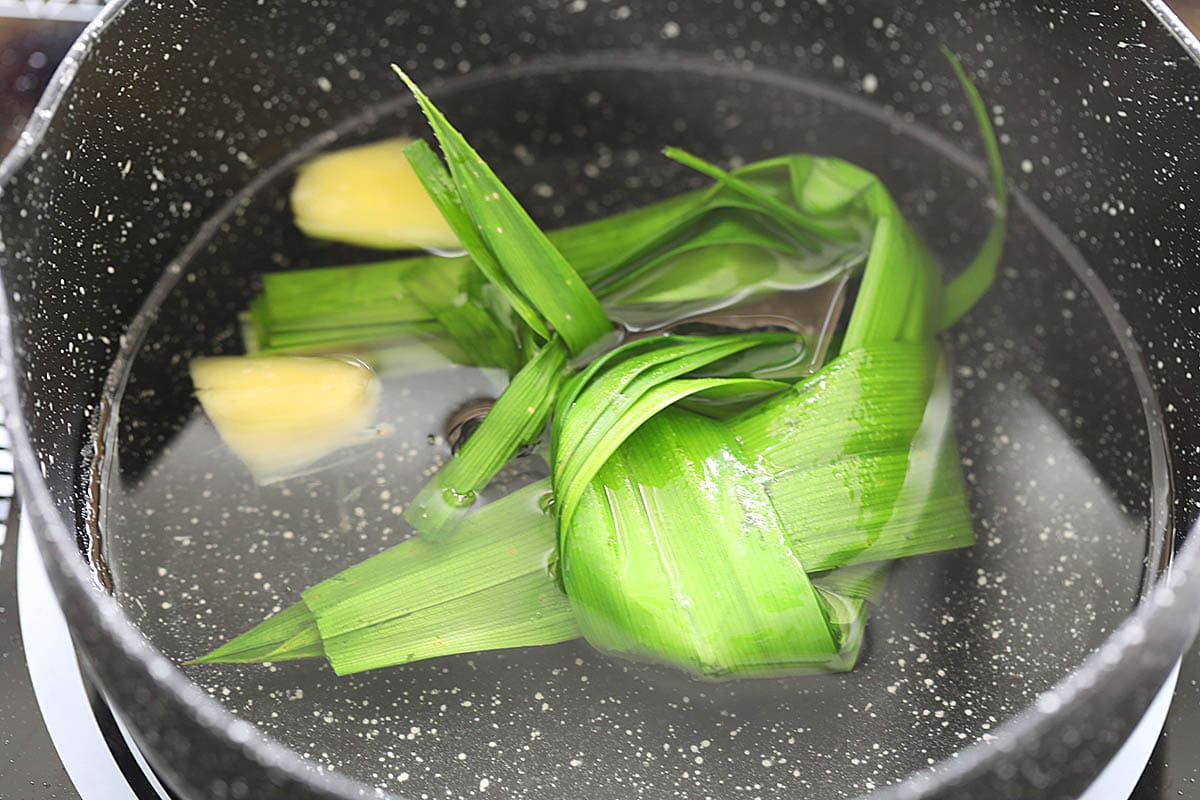
For the ginger syrup, bring the water to a boil in a pot. Add the ginger and pandan leaves, and let them simmer over medium heat until the fragrance fills the air. Then, add the sugar and cook for about 15 minutes. Taste and adjust the sugar to your liking. Once done, remove the ginger and pandan leaves, and set the syrup aside.
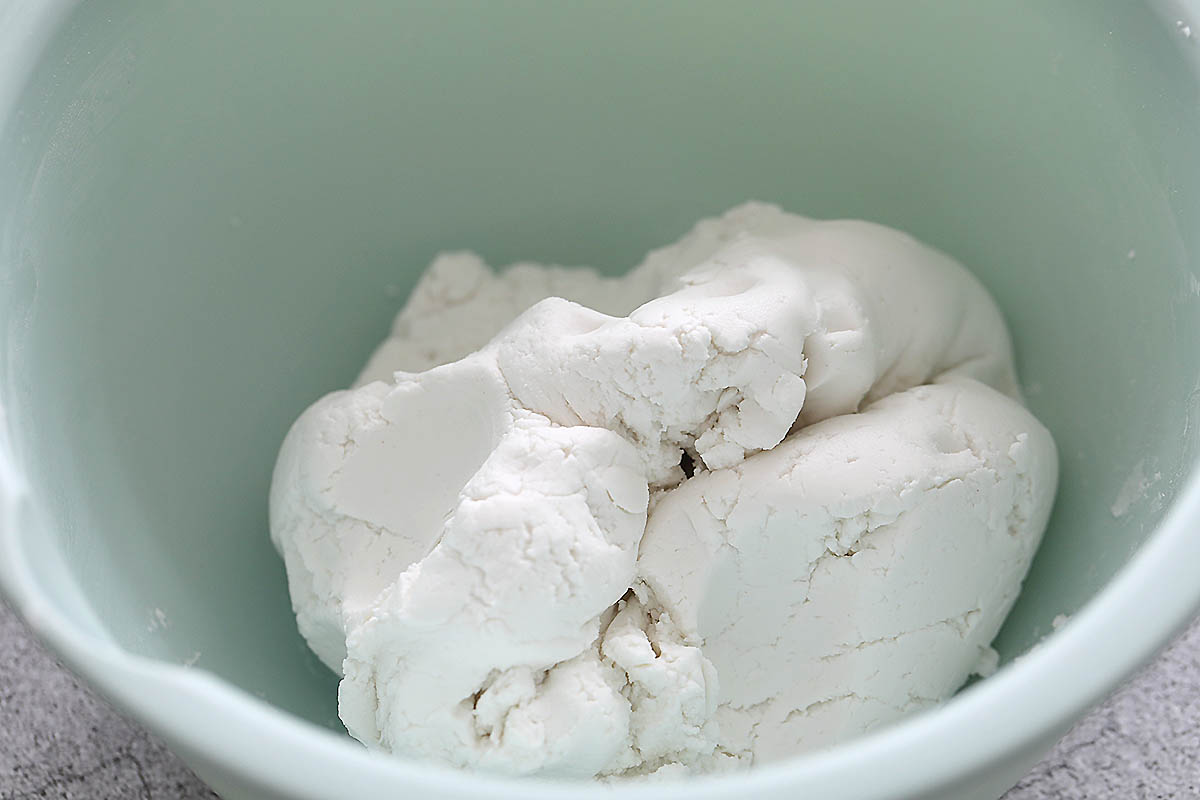
For the tang yuan dough, mix the glutinous rice flour with some water in a bowl and give it a good knead with your hands. You’ll know it’s ready when the dough isn’t sticky and holds together well.
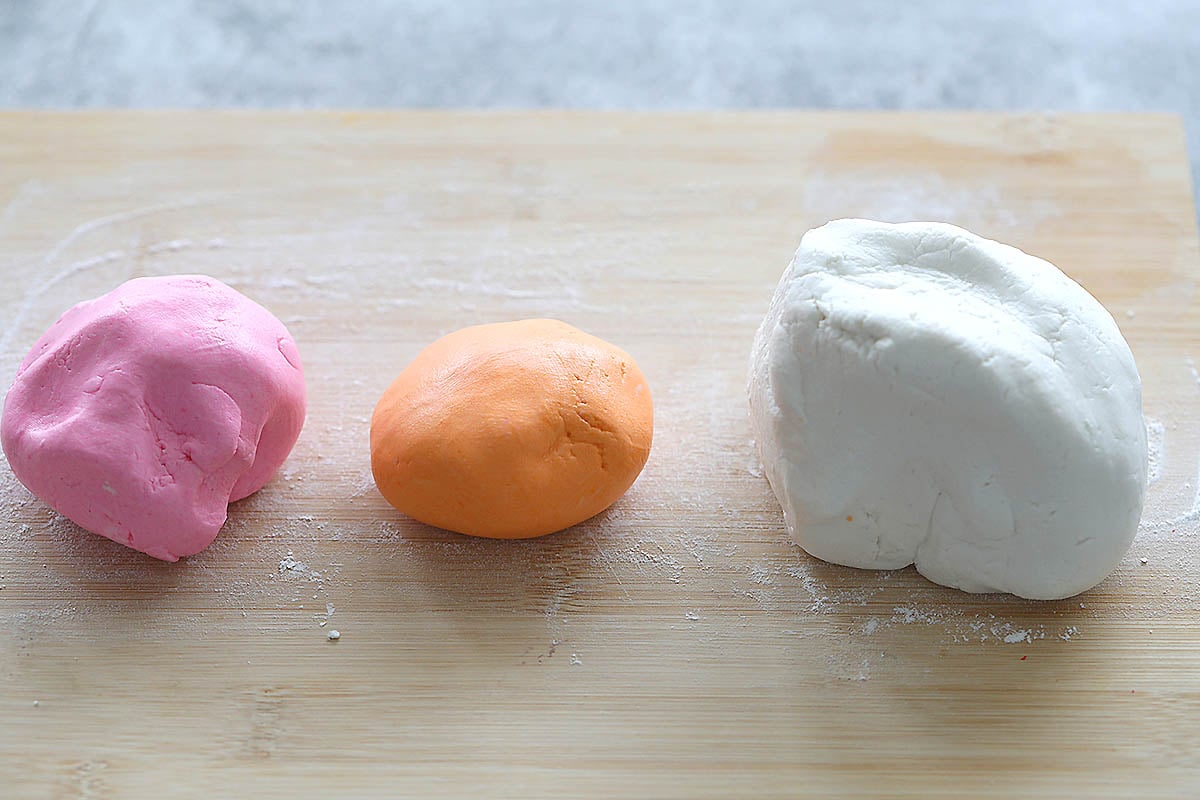
Then, split the dough into three parts—make the plain one the biggest. Next, add 2-3 drops of food coloring to the other two parts to make one pink and one yellow or orange.
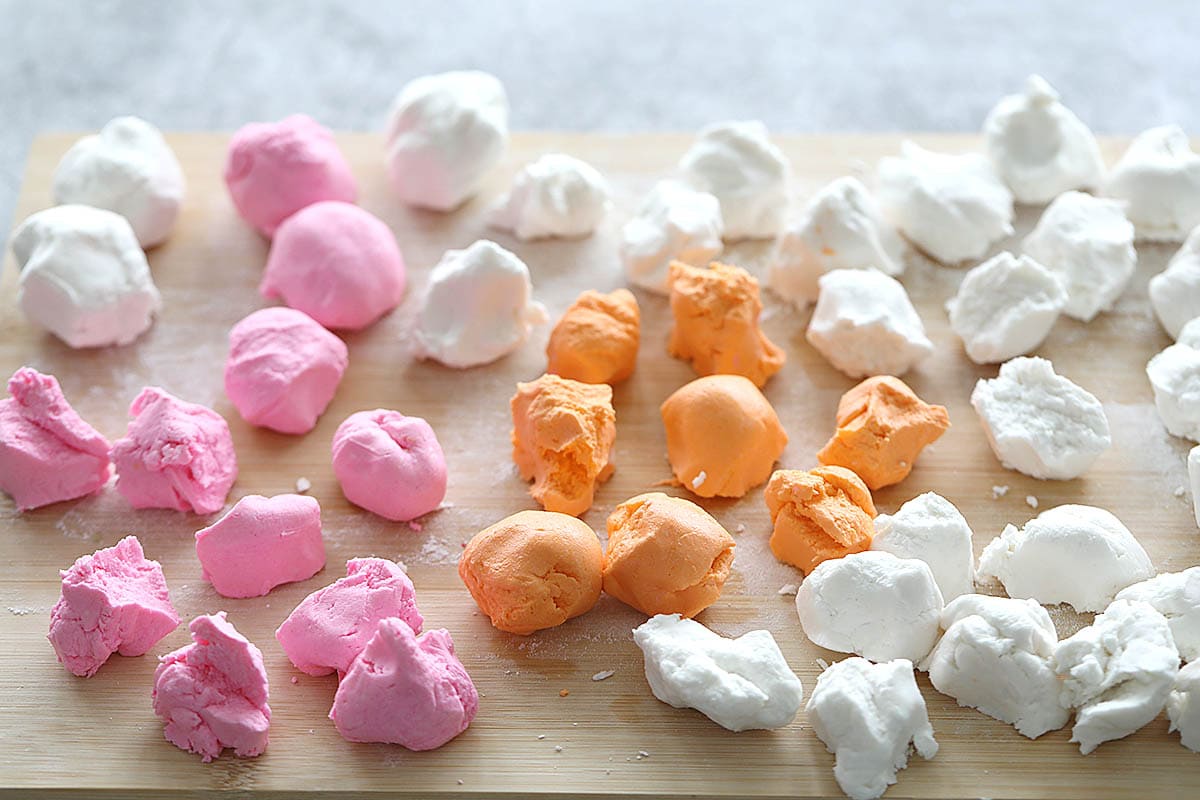
Pinch off small pieces of the dough. Set them on a flat surface that’s dusted with glutinous rice flour or lined with parchment paper. If the dough starts to dry out, just wet your hands a bit.
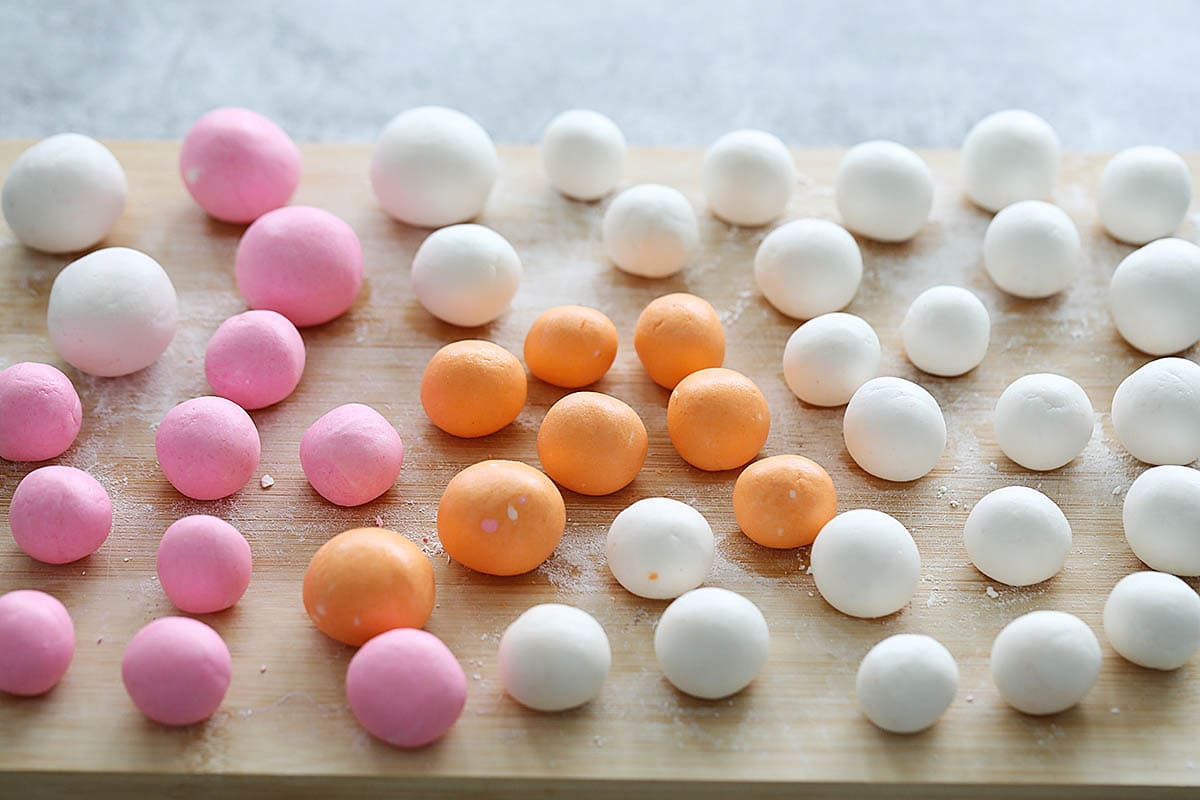
Roll the dough between your palms to shape them into nice, round balls. It’s a bit like making mini snowballs—just keep rolling until they’re smooth!
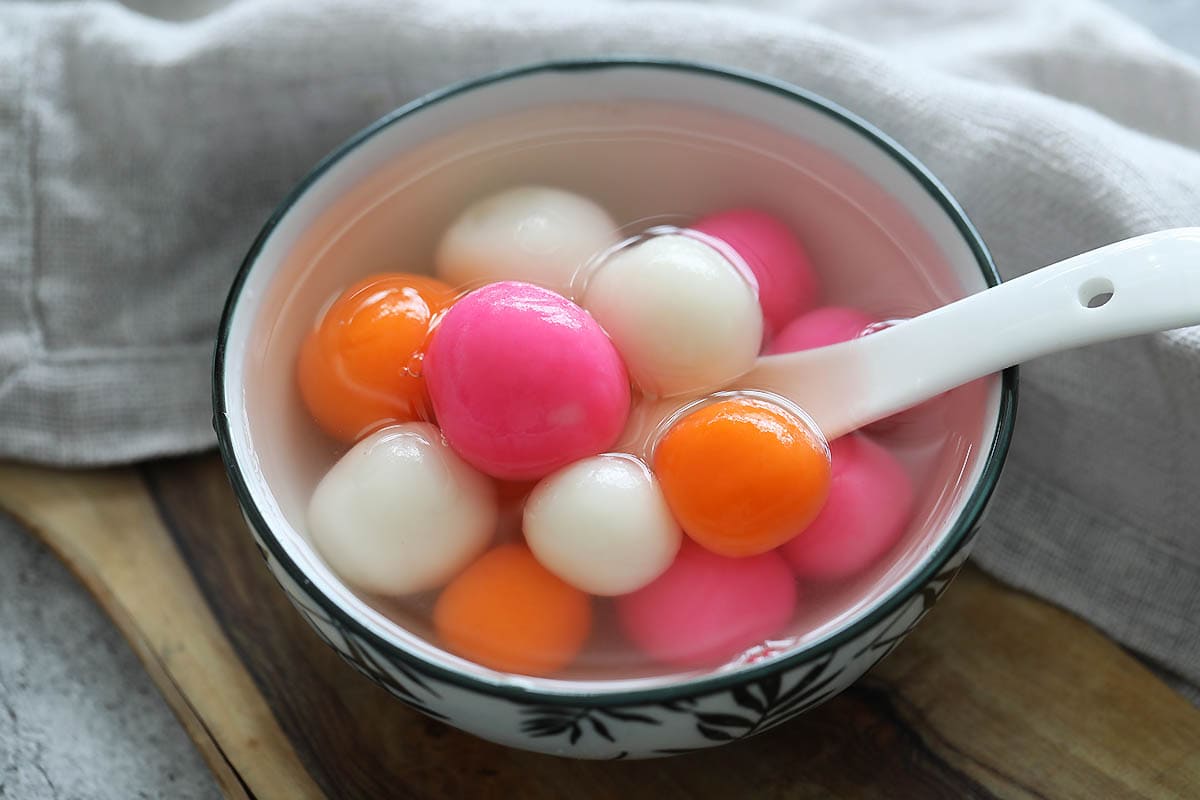
Next, bring another pot of water to a boil. Toss the tang yuan in—once they start floating to the surface, they’re ready! Then just scoop them out and drop them into the syrup to enjoy!
Secrets To Perfect Chewy Tang Yuan
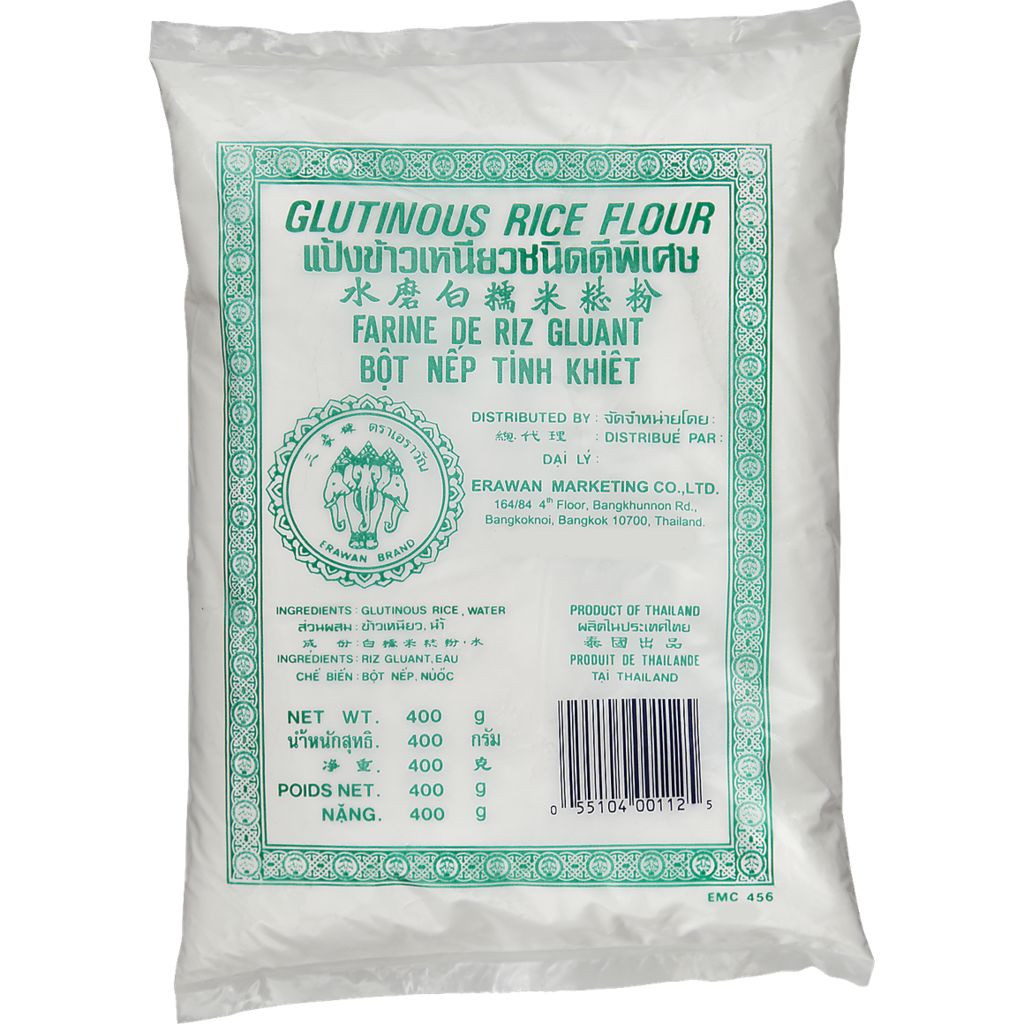
- I always use fresh ginger and pandan leaves because they make a big difference in the flavor of the ginger soup, elevating the overall taste to a whole new level!
- When I mix glutinous rice flour with water, I knead the dough until it’s smooth and no longer sticky. This makes it easier to roll the tangyuan into perfect, round balls that won’t fall apart when boiled.
- Boil the tangyuan until they float to the surface. Once they rise, immediately transfer them into the ginger syrup to prevent them from becoming too soft and losing their shape.
Pro Tip: Adjust the water level based on the glutinous flour—if the dough is too dry, add more water; if it’s too wet, add more flour. Keep a small cup of water at your workstation for easy adjustments.
Frequently Asked Questions
Yes, you can prepare the ginger syrup ahead and store it in the fridge for a few days. Just reheat it gently before using it to serve.
To prevent sticking, gently stir in one direction with a ladle. Ensure your pot is large enough as well.
Glutinous rice flour is key for getting that chewy, sticky texture in Tang Yuan. Other flours, like regular rice flour or tapioca flour, just won’t give you the same result.
Keep them in an airtight container in the refrigerator for up to 2-3 days. This will help preserve the dumplings’ texture and prevent the syrup from absorbing into them too much. When ready to eat, gently warm them on the stovetop or a microwave.
This recipe is only 406 calories per serving.
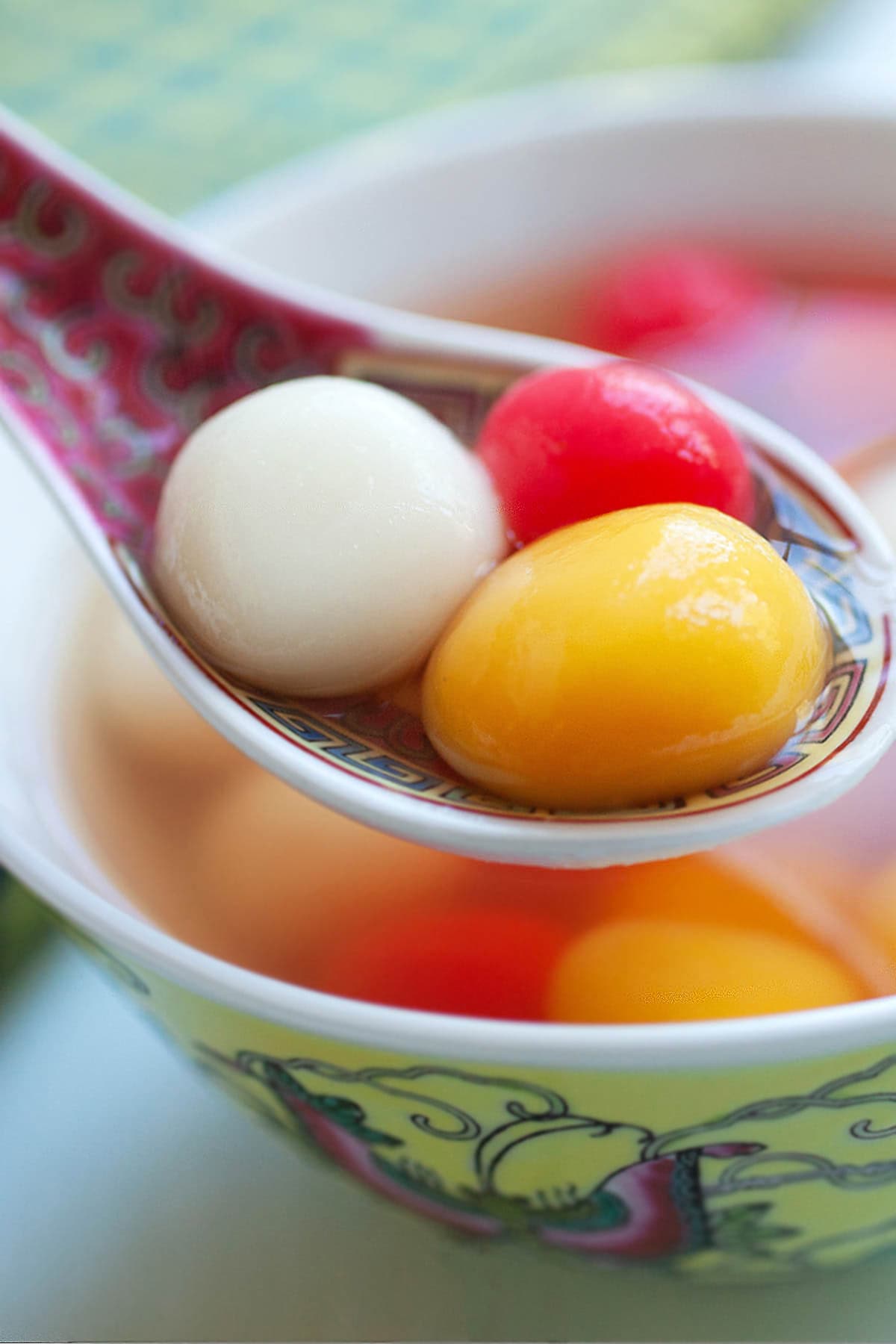
Other Chinese Dessert Recipes
In Asian countries like Hong Kong and Malaysia, we love Chinese desserts known as tangshui (糖水). Here are a few of my homemade favorites.
I hope you enjoy this post as much as I do. If you try my recipe, please leave a comment and consider giving it a 5-star rating. For more easy and delicious recipes, explore my Recipe Index, and stay updated by subscribing to my newsletter and following me on Facebook, Pinterest, and Instagram for new updates.

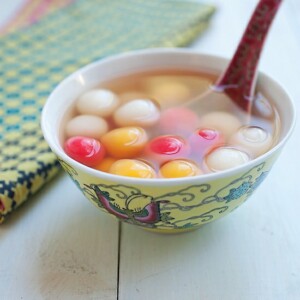
Tang Yuan Recipe
Ingredients
Ginger Syrup
- 500 ml water
- 1 piece ginger, 2-inch/5-cm, peeled and pounded with a cleaver
- 2-3 pandan leaves/screwpine leaves, tie into a knot
- 1/3 cup sugar, or more to taste
Tang Yuan (Glutinous Rice Dumplings)
- 2 cups glutinous rice flour, sticky rice flour
- 200 ml water, add 1 tablespoon of water if dough is too dry
- red and yellow/orange food coloring
Instructions
- Ginger Syrup: Boil the water in a pot. Add the ginger and pandan leaves, and bring to a boil over medium heat until the aromas of ginger and pandan become fragrant. Add the sugar and let it simmer for another 15 minutes. Adjust the sugar to taste, if desired. Discard the ginger and pandan leaves, then set the syrup aside.
- Tang Yuan (Glutinous Rice Dumplings): In a mixing bowl, combine the glutinous rice flour with water and knead with your hands to form a dough. The dough is ready when it no longer sticks to your hands.
- Divide the dough into three portions, making the plain dough the largest. Add 2-3 drops of food coloring to the other portions to create the pink and yellow/orange dough.
- Pinch the dough into small portions and set them aside on a flat surface dusted with glutinous rice flour or lined with parchment paper. If the dough dries up, wet your hands with a bit of water.
- Roll them between your palms to form round balls.
- Boil another pot of water and drop the tang yuan into the boiling water. Once they float to the surface, transfer them into the syrup. Serve immediately.
Video
Notes
- I always use fresh ginger and pandan leaves because they make a big difference in the flavor of the ginger soup, elevating the overall taste to a whole new level!
- When I mix glutinous rice flour with water, I knead the dough until it’s smooth and no longer sticky. This makes it easier to roll the tangyuan into perfect, round balls that won’t fall apart when boiled.
- Boil the tangyuan until they float to the surface. Once they rise, immediately transfer them into the ginger syrup to prevent them from becoming too soft and losing their shape.
Nutrition
Nutrition information is automatically calculated, so should only be used as an approximation.
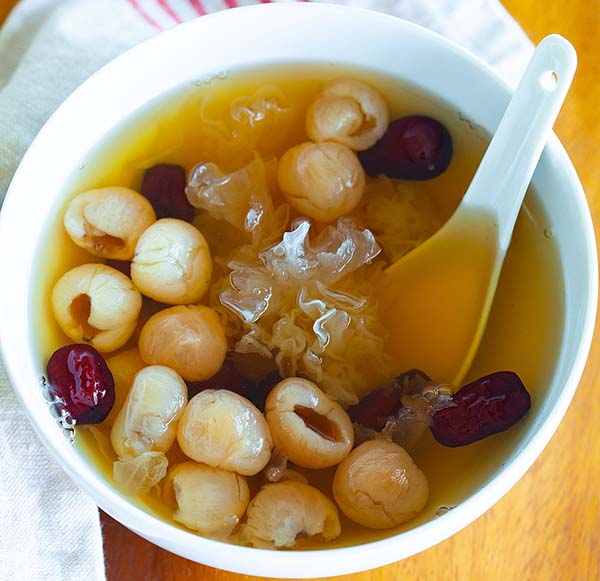









Hi Bee
My late mum did not transferred the floated Tang yuan to the syrup, instead she put it in a pot of room temperature water and then later to the syrup. When there were leftovers, when heated up the next day, it tends to turn gooey. Anyway to prevent it ?
Just follow my method and keep the leftover in the fridge, you won’t have gooey tang yuan.
I made this a few days ago for a morning potluck gathering. I’ve always made it fresh and ready to eat. But since I have to make it a day earlier, I wasn’t sure how to store the freshly made tongyun. So to avoid them sticking to each other, I placed them onto a flat plate and covered them with cling film in the fridge. The next day I cooked them but kept them separate from the ginger soup. Then serve together in soup when ready to eat – it worked! Lots of people said it had soft texture and yummy.
Awesome thanks for trying my recipe.